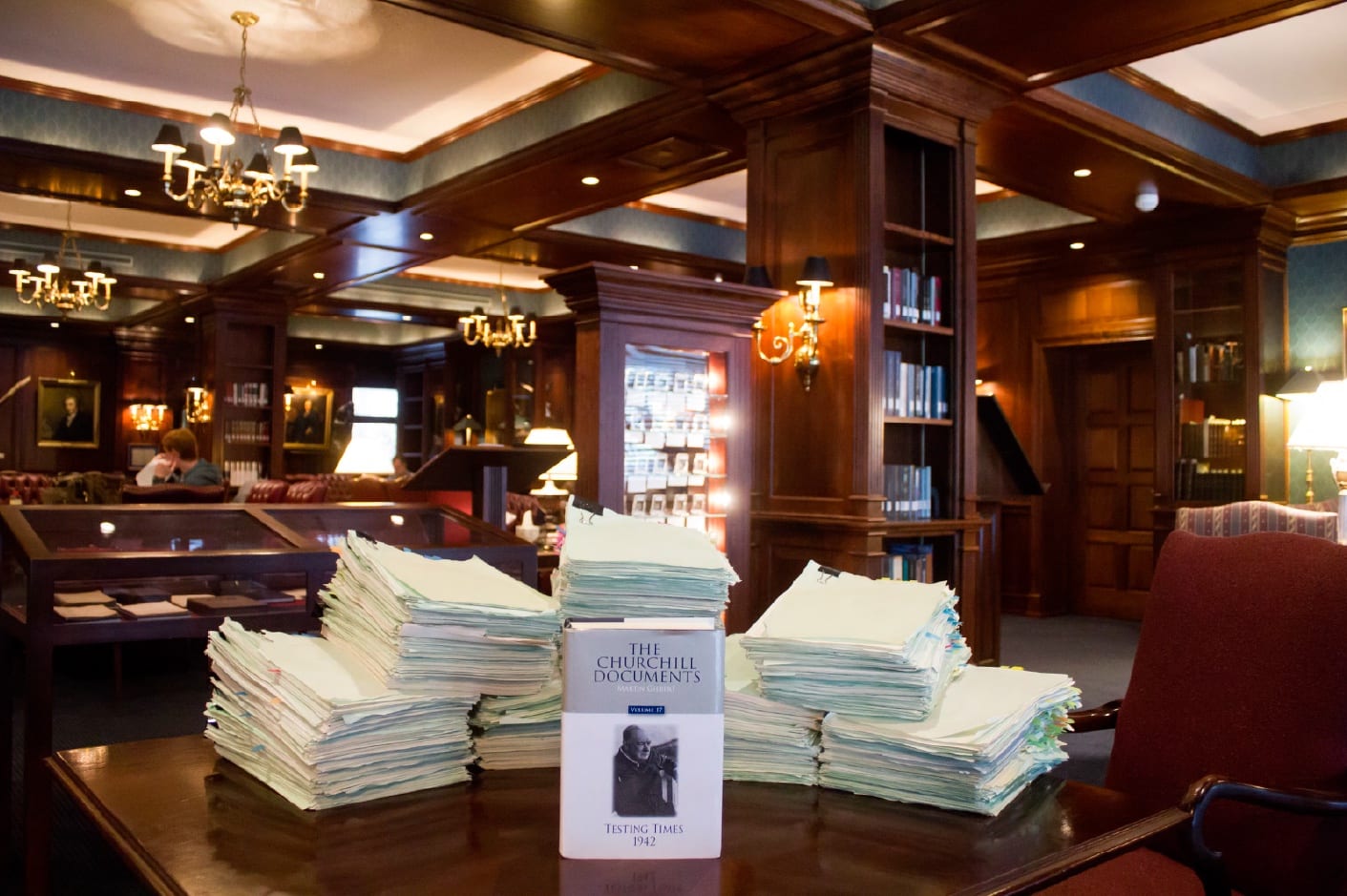

Removing the original and replacing it "was obviously thought out and planned," Fielder said. In 1995 the Metropolitan Museum of Art in New York addressed this in their exhibition ‘Rembrandt/Not Rembrandt’, which bravely hung the master’s canonical work alongside the falsely attributed paintings and invited the public to decide if they could really tell the difference.Portrait photographer Yousuf Karsh is shown at his Ottawa studio with an exposure he created of Queen Elizabeth in this Dec., 21, 1988 photo. Spare a thought, in that case, for several hundred paintings by Rembrandt, whose authenticity have all been officially doubted by the ‘Rembrandt Research Project’. Some artworks find themselves consigned to the dark basements of art collections when critics decide that they were not, in fact, painted by a famous master. The question of attribution raises the ghost of a very different kind of art-binning. A legal challenge was apparently launched to determine who ‘owned’ the ashes…) (In a surreal but perhaps inevitable coda to this disaster, one young artist called Stuart Semple tried to make a new artwork from the ashes of the fire. The Momart fire claimed Tracey Emin’s recognizable ‘tent’, “Everyone I Have Ever Slept with”, from the original Sensation exhibition. More recently, one of only two tapestries by Joan Miro was lost in the World Trade Centre attacks of 9/11, while dozens of artworks by the YBAs were lost in the Momart warehouse fire. As a child flicking through art books, I found these artwork ghosts quite fascinating – only ever reproduced in grainy black and white, with their eerie captions ‘destroyed by fire’ or ‘whereabouts unknown’. World War II in particular saw the disappearance of dozens of famous artworks from the Renaissance and beyond. (Farson guesses that there were over seven hundred Bacon pictures destroyed at the artist’s own hands).Īccidental destruction or loss is a sadder aspect of art-binning. He dragged it outside and shredded it with his bare hands on the street. Bacon marched in and bought the canvas for £50,000 cash from the bemused gallery owner. In ‘The Gilded Gutter Life’, Daniel Farson describes the moment when Bacon, strolling down Bond Street, saw one of his unfinished canvases for sale in an art dealers. Francis Bacon was particularly famous for taking a scalpel blade to any artworks that didn’t completely satisfy him, to prevent them from reaching the marketplace and thereby damaging his own reputation. Meanwhile Richard Serra’s ‘Tilted Arc’, a large block of free-standing steel, lasted eight years on Federal Plaza New York before being removed as an eyesore.Īrtists, of course, frequently destroy their own work, usually in an attempt at quality control. Rachel Whiteread’s ‘House’, a disused terraced house filled in with concrete, was removed less than a year after its completion at the insistence of the local council. Public taste can be even more difficult to gauge. She allegedly destroyed several Sickert works in her research process and still failed to discover any linking forensic evidence. One recent example involves the American pulp crime novelist Patricia Cornwell, who spent over two million pounds buying dozens of works by Victorian British artist Walter Sickert in an attempt to harvest DNA evidence linking him to the Jack the Ripper murders. Finally, with the original a mere ghost on the page, he signed it with his own name, in the process making an undeniable statement about his own intentions towards the preceding generation.įortunately, examples of artists destroying the works of their contemporaries are rare. He then spent several days applying elbow grease to the challenge of rubbing it out completely. He got hold of a de Kooning sketch, intentionally choosing a graphic piece drawn in thick dark lines. Rauschenberg was a generation younger, and an aspiring artist loosely associated with Pop Art who wanted to rebel against the older artist. Willem de Kooning had achieved notoriety in the abstract expressionist movement. One particularly famous act of art destruction occurred in 1953, when artist Robert Rauschenberg completed his ‘Erased de Kooning’. Intentional art vandalism forms its own distinct category in art-binning.


 0 kommentar(er)
0 kommentar(er)
